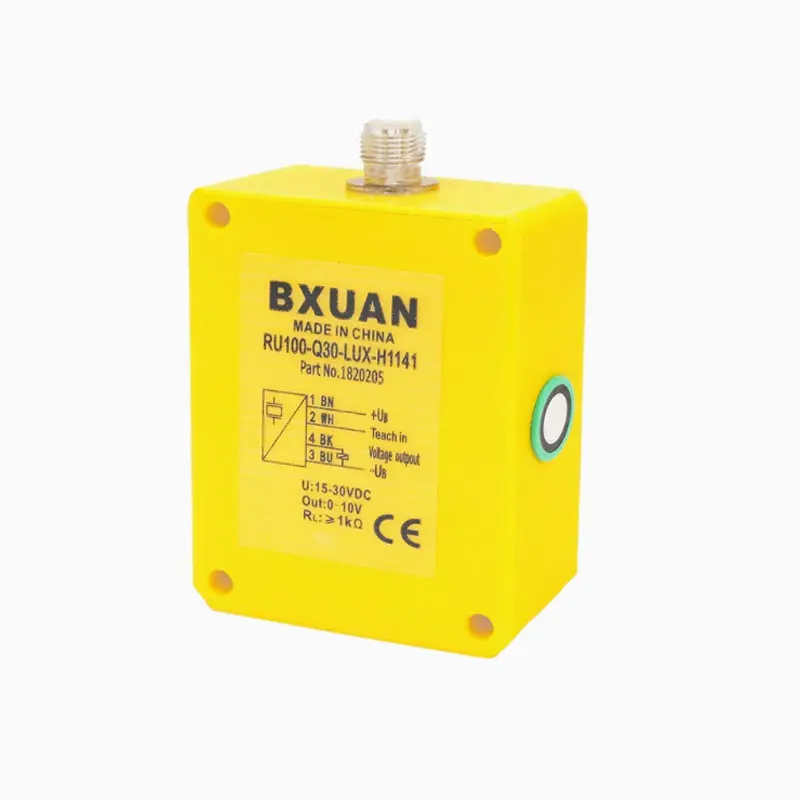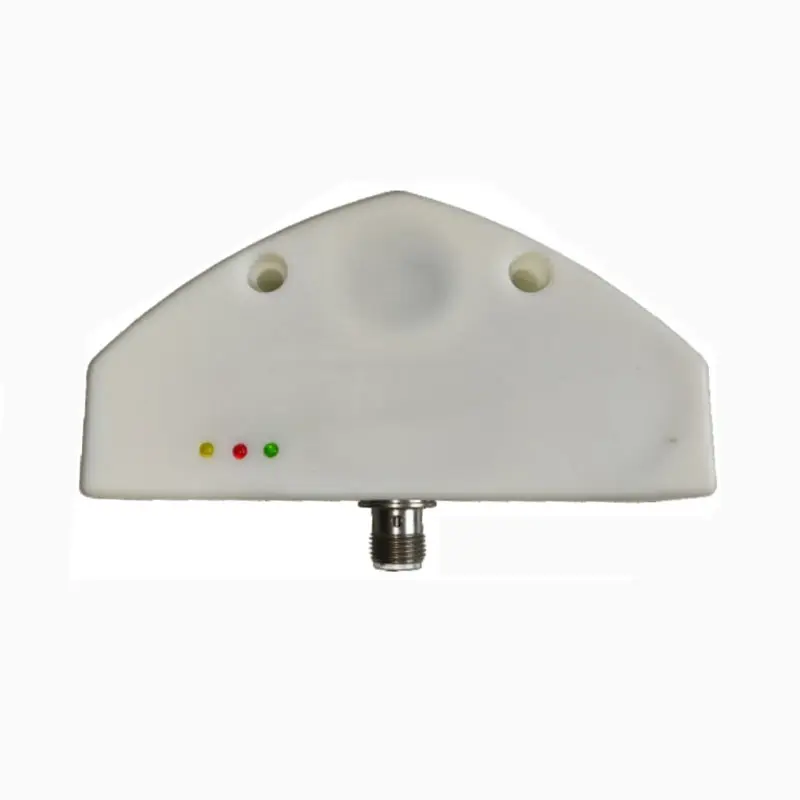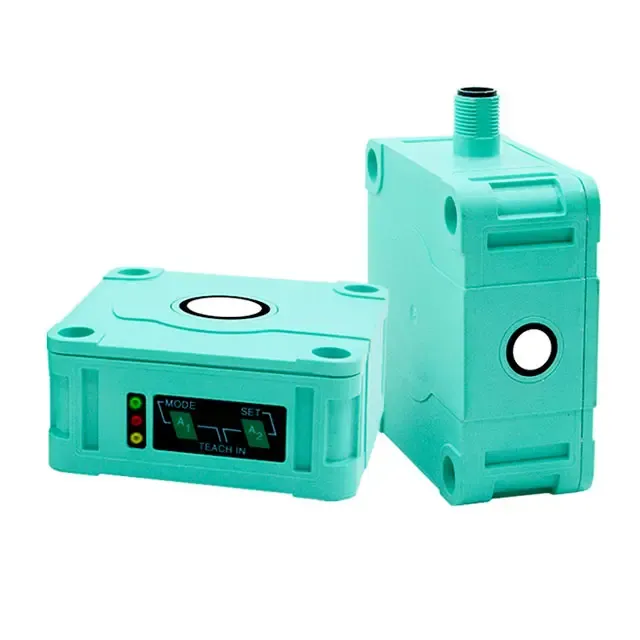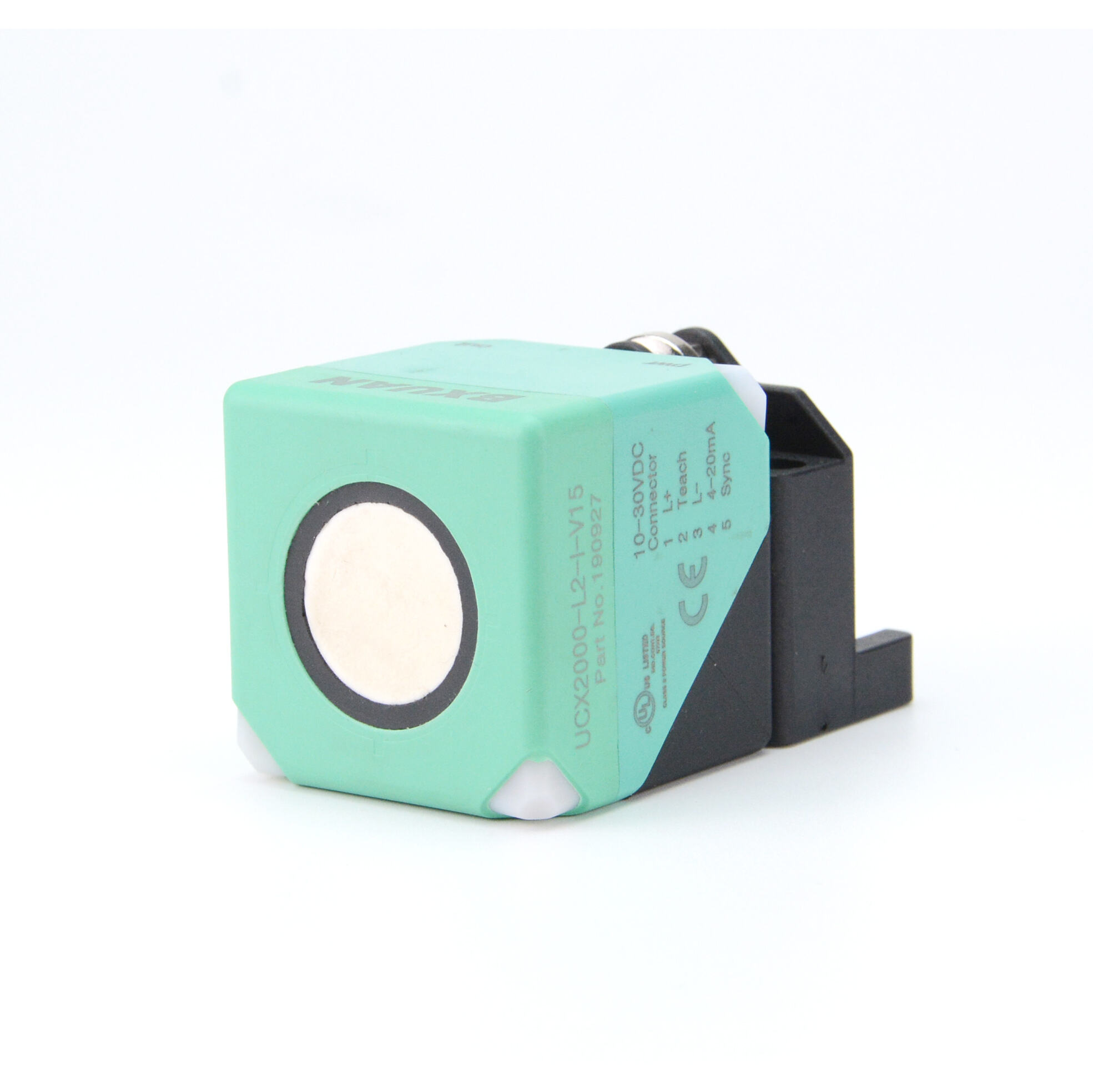Understanding the Power of Photoelectric Sensing Technology In the rapidly evolving landscape of industrial automation and sensing technology, photoelectric sensors have emerged as indispensable tools for reliable object detection. These sophisticate...
VIEW MORE
Understanding the Power of Ultrasonic Technology in Modern Automation The integration of ultrasonic sensor technology has revolutionized the landscape of industrial automation, offering unprecedented levels of precision and reliability in various app...
VIEW MORE
Understanding the Impact of Proximity Sensing Technology The industrial world has been revolutionized by proximity sensors, sophisticated devices that detect the presence or absence of objects without physical contact. These versatile sensors have be...
VIEW MORE
Understanding the Revolutionary Impact of Proximity Detection Technology In today's rapidly evolving industrial landscape, proximity sensors have emerged as a cornerstone of automated safety and operational efficiency. These sophisticated devices ser...
VIEW MORE
Understanding the Foundation of Modern Industrial Automation In the rapidly evolving landscape of industrial automation, proximity sensors have emerged as fundamental components that drive efficiency, safety, and precision in manufacturing processes....
VIEW MORE
Revolutionizing Industrial Sensing Technology with Ultrasonic Solutions Modern industrial processes demand precise, reliable, and versatile sensing technologies to maintain operational excellence. Ultrasonic sensors have emerged as a cornerstone tech...
VIEW MORE
Understanding the Evolution of Distance Measurement Technology The landscape of distance measurement has been revolutionized by the emergence of ultrasonic sensor technology. These sophisticated devices have transformed how industries and everyday ap...
VIEW MORE
Understanding the Power of Ultrasonic Technology in Modern Sensing Applications In today's rapidly evolving technological landscape, ultrasonic sensors have emerged as indispensable tools across numerous industries. These sophisticated devices utiliz...
VIEW MORE
The Science Behind Sound-Based Distance Measurement Technology Ultrasonic sensors have become indispensable tools across numerous industries, offering reliable non-contact detection and precise distance measurement capabilities. These sophisticated ...
VIEW MORE
The Cutting Edge of Sound-Based Detection Technology Ultrasonic sensing continues to revolutionize industries with groundbreaking advancements that push the boundaries of non-contact measurement. These innovations in ultrasonic sensing address longs...
VIEW MORE
The Significance of Calibration in Ultrasonic Sensing Importance of Accurate Ranging in Ultrasonic Sensing Ultrasonic sensing relies on emitting sound waves and measuring reflections to determine distances. Calibration ensures that the time-of-fligh...
VIEW MORE
Why Ultrasonic Sensors Thrive in Harsh Conditions Robustness Against Dust and Dirt Ultrasonic Sensors operate by emitting sound waves and measuring their echoes, so they are less affected by dust and dirt compared to optical or infrared sensors. Sin...
VIEW MORE